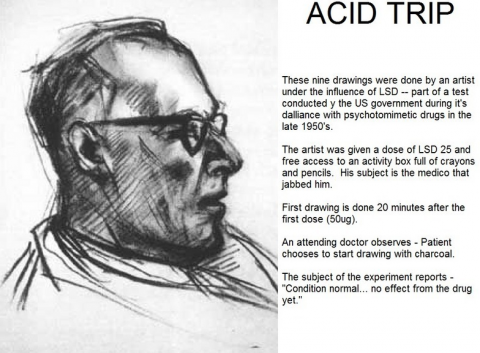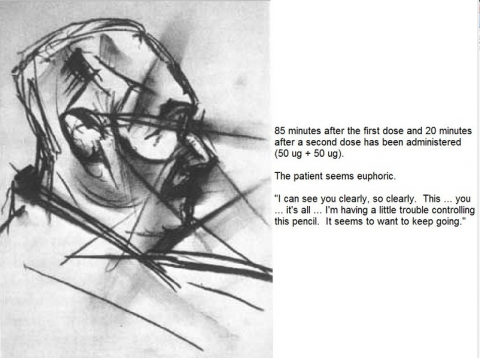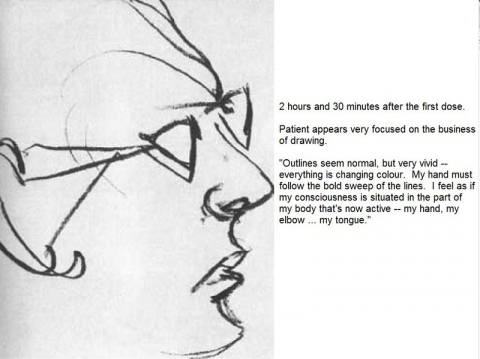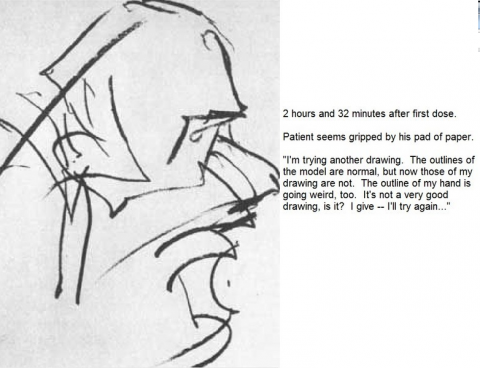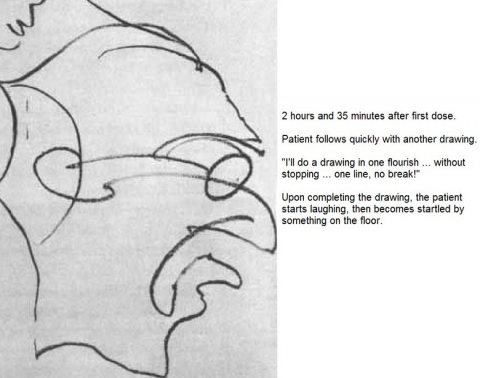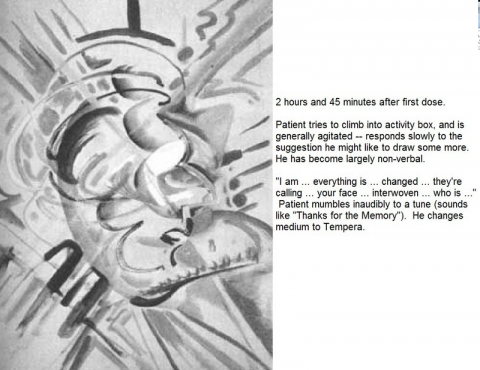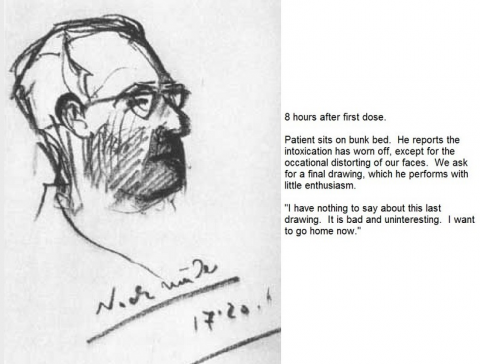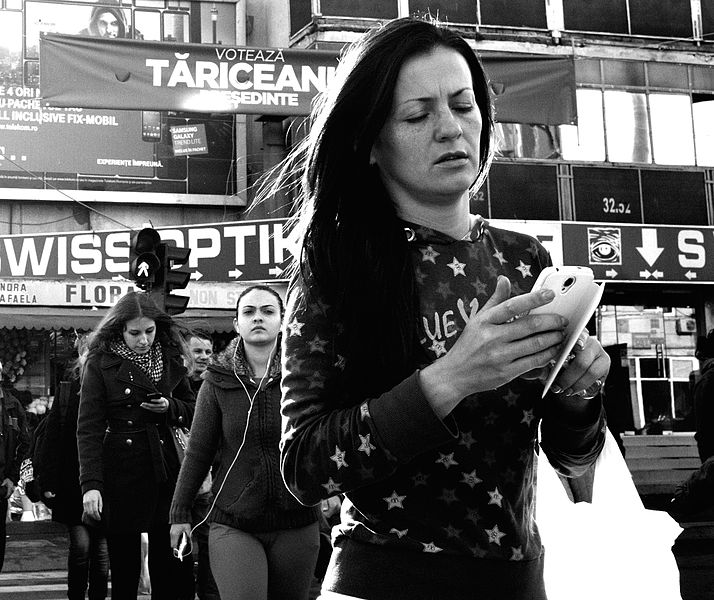Buddhist thought and culture has long found a comfortable home among hippies, beatniks, New Age believers, artists, occultists and mystics. Recently, many of its tenets and practices have become widely popular among very different demographics of scientists, skeptics, and atheist communities. It may seem odd that an increasingly secularizing West would widely embrace an ancient Eastern religion. But even the Dalai Lama has pointed out that Buddhism’s essential doctrines align uncannily with the findings of modern science
The Pali Canon, the earliest collection of Buddhist texts, contains much that agrees with the scientific method. In the Kalama Sutta, for example, we find instructions for how to shape views and beliefs that accord with the methods espoused by the Royal Society many hundreds of years later.
Robert Wright—bestselling author and visiting professor of religion and psychology at Princeton and Penn—goes even further, showing in his book Why Buddhism is True how Buddhist insights into impermanence, delusion, ignorance, and unhappiness align with contemporary findings of neuroscience and evolutionary biology.
Wright is now making his argument for the compatibility of Buddhism and science in a new MOOC from Coursera called “Buddhism and Modern Psychology.” You can watch the trailer for the course, which you can take any time, just above.
The core of Buddhism is generally contained in the so-called “Four Noble Truths,” and Wright explains in his lecture above how these teachings sum up the problem we all face, beginning with the first truth of dukkha. Often translated as “suffering,” the word might better be thought of as meaning “unsatisfactoriness,” as Wright illustrates with a reference to the Rolling Stones. Jagger’s “can’t get no satisfaction,” he says, captures “a lot of the spirit of what is called the First Noble Truth,” which, along with the Second, constitutes “the Buddha’s diagnosis of the human predicament.” Not only can we not get what we want, but even when we do, it hardly ever makes us happy for very long.
Rather than impute our misery to the displeasure of the gods, the Buddha, Wright tells Lion’s Roar, “says the reason we suffer, the reason we’re not enduringly satisfied, is that we don’t see the world clearly. That’s also the reason we sometimes fall short of moral goodness and treat other human beings badly.” Desperate to hold on to what we think will satisfy us, we become consumed by craving, as the Second Noble Truth explains, constantly clinging to pleasure and fleeing from pain. Just above, Wright explains how these two claims compare with the theories of evolutionary psychology. His course also explores how meditation releases us from craving and breaks the vicious cycle of desire and aversion.
Overall, the issues Wright addresses are laid out in his course description:
Are neuroscientists starting to understand how meditation “works”? Would such an understanding validate meditation—or might physical explanations of meditation undermine the spiritual significance attributed to it? And how are some of the basic Buddhist claims about the human mind holding up? We’ll pay special attention to some highly counterintuitive doctrines: that the self doesn’t exist, and that much of perceived reality is in some sense illusory. Do these claims, radical as they sound, make a certain kind of sense in light of modern psychology? And what are the implications of all this for how we should live our lives? Can meditation make us not just happier, but better people?
As to the last question, Wright is not alone among scientifically-minded people in answering with a resounding yes. Rather than relying on the beneficence of a supernatural savior, Buddhism offers a course of treatment—the “Noble Eightfold Path”—to combat our disposition toward illusory thinking. We are shaped by evolution, Wright says, to deceive ourselves. The Buddhist practices of meditation and mindfulness, and the ethics of compassion and nonharming, are “in some sense, a rebellion against natural selection.”
You can see more of Wright’s lectures on YouTube. Wright’s free course, Buddhism and Modern Psychology, has been added to our list of Free Religion Courses, a subset of our collection, 1,700 Free Online Courses from Top Universities.
Related Content:
Daily Meditation Boosts & Revitalizes the Brain and Reduces Stress, Harvard Study Finds
Philosopher Sam Harris Leads You Through a 26-Minute Guided Meditation
Josh Jones is a writer and musician based in Durham, NC. Follow him at @jdmagness
